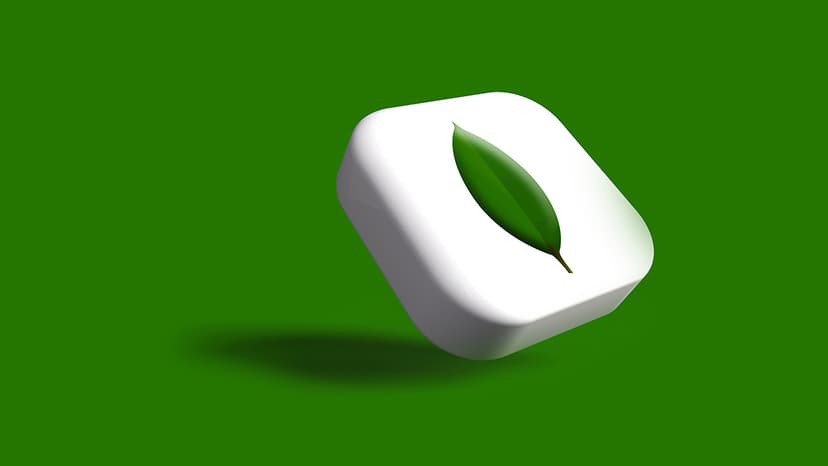How to Create Relationships in Laravel 8
Are you ready to take your Laravel 8 skills to the next level by mastering relationships between your database tables? Understanding how to create and manage relationships in Laravel is crucial for building complex and efficient applications. In this article, we will explore the various types of relationships available in Laravel 8 and demonstrate how to implement them in your projects.
Getting Started
Before diving into relationships, it's essential to ensure you have a basic understanding of Laravel's Eloquent ORM. Eloquent provides a simple ActiveRecord implementation for working with your database. If you're new to Eloquent, Laravel's official documentation is an excellent resource to get you up to speed.
One-to-One Relationship
One of the most common types of relationships in Laravel is the one-to-one relationship. This relationship is used when a model belongs to another model on a one-to-one basis. Let's create a one-to-one relationship between a User model and a Profile model.
First, define the relationship in your models:
Php
With this setup, you can retrieve a user's profile or a profile's user using Eloquent's convenient methods:
Php
One-to-Many Relationship
In a one-to-many relationship, a single record in one table is associated with multiple records in another table. For example, a User can have multiple Post entries. Define the one-to-many relationship in your models like this:
Php
You can easily retrieve a user's posts or the post's user using Eloquent methods:
Php
Many-to-Many Relationship
When multiple records in one table are associated with multiple records in another table, you have a many-to-many relationship. For example, a User can have multiple roles, and a Role can belong to multiple users. Define the many-to-many relationship in your models like so:
Php
You can access a user's roles or a role's users using Eloquent methods:
Php
Polymorphic Relationship
Polymorphic relationships allow a model to belong to multiple models on a single association. For instance, an Image model can be associated with both a User and a Post. Define a polymorphic relationship as follows:
Php
Retrieve images for a user and a post like this:
Php
Mastering relationships in Laravel 8 is a crucial aspect of developing efficient and well-structured applications. By understanding and implementing various types of relationships, you can create advanced and robust database interactions in your projects. Experiment with different relationship types and explore Laravel's powerful Eloquent ORM capabilities to unleash the full potential of your applications.
Practice makes perfect. Don't hesitate to experiment with different relationship types in your Laravel 8 projects to solidify your understanding and enhance your skills.
In case you need a quick reference for Laravel's eloquent relationships, Laravel's official documentation is a treasure trove of information that can guide you through your learning journey. Dive in and explore the world of Laravel relationships to elevate your development game to new heights.












